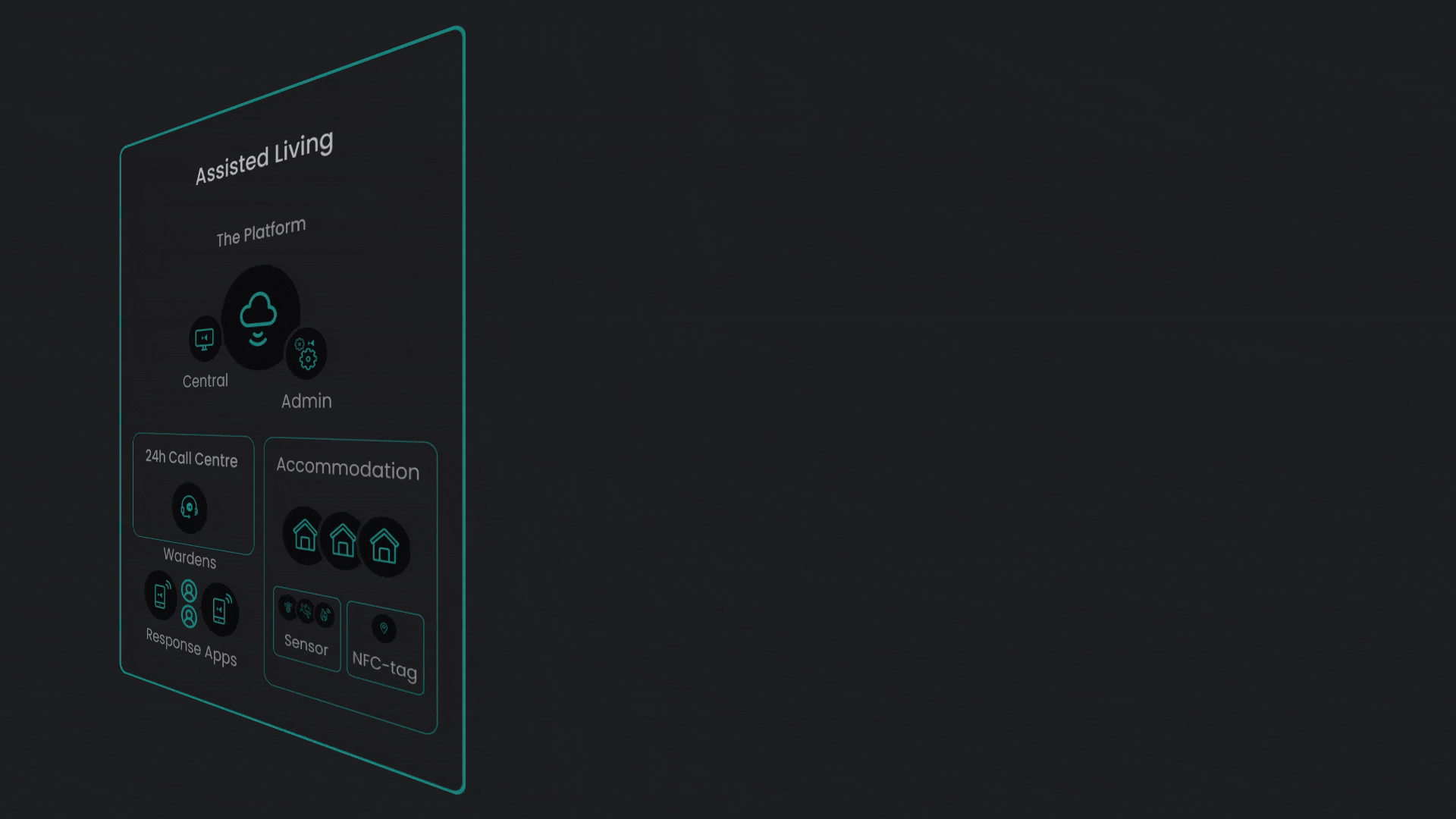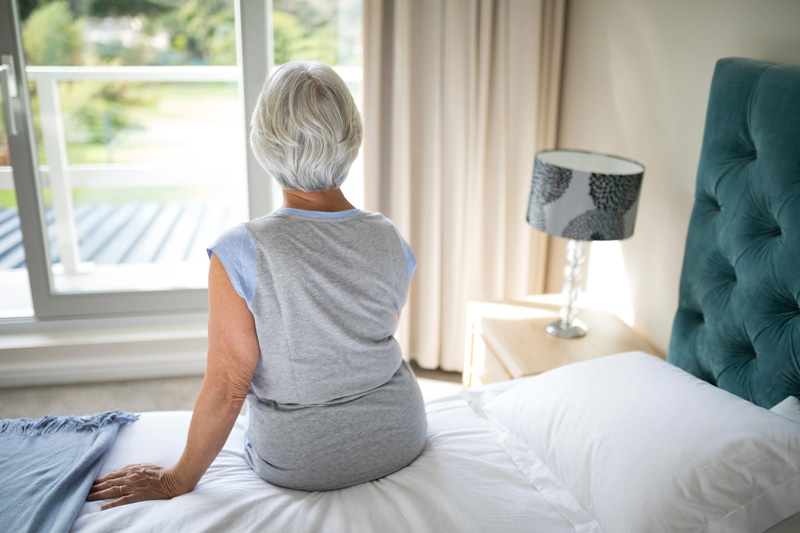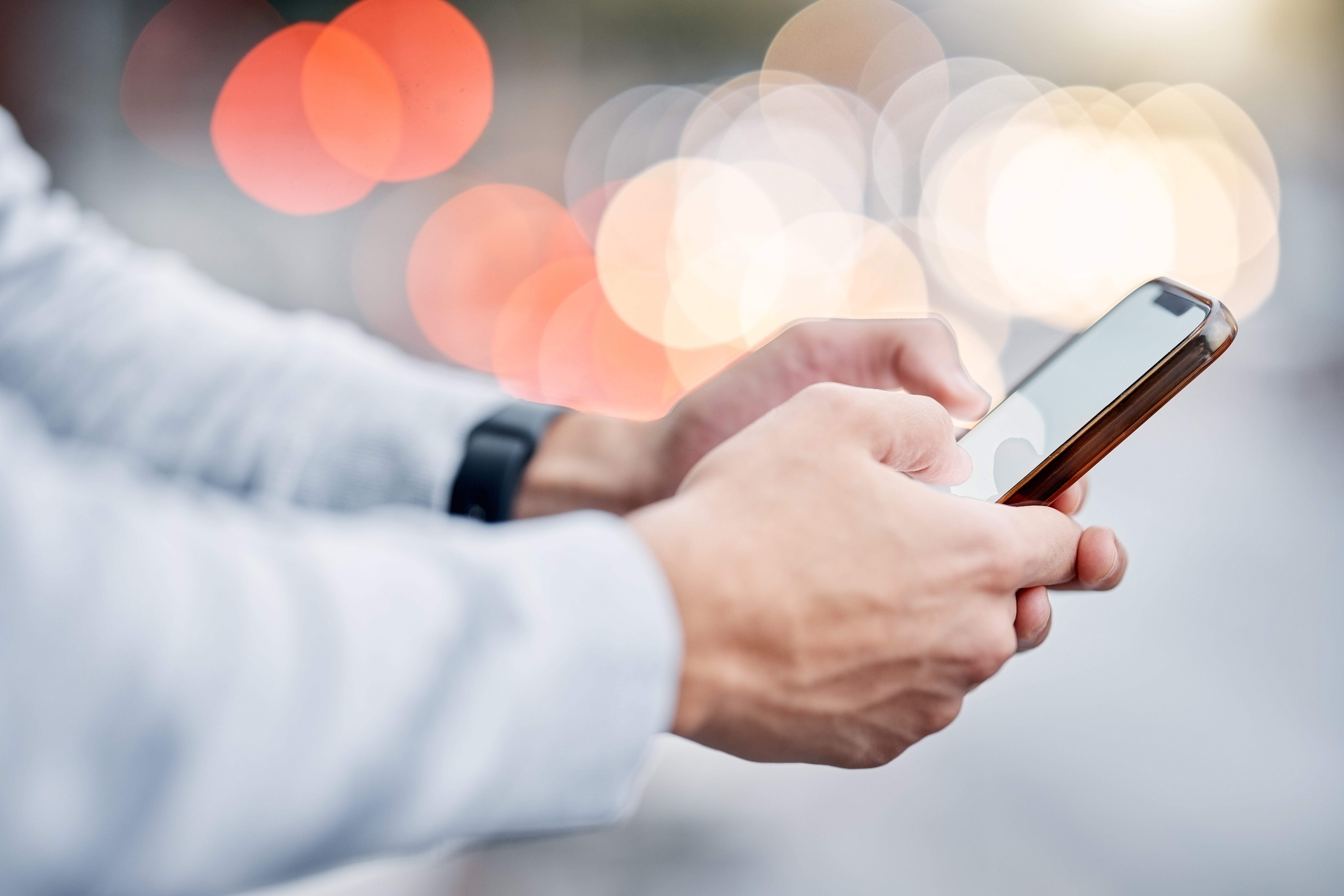Nursing homes, like any other care facility or institution, are no stranger to operational challenges and difficulties. While each nursing home will have different challenges from other nursing homes or care facilities, some of the most common concerns revolve around staffing issues, high stress levels, increasing workloads, and evolving needs of the care receivers. Also, the role of the carers is challenging enough – a study published in 2021 found that the annual turnover rate for the role was already at 128%, with some facilities reporting turnover rates exceeding 300%. Studies also suggest that the quality of care being provided is correlated to the degree of job satisfaction of the carers, which pose as an important point of concern.
Today, however, the implementation of modern systems and solutions such as smart radars and fall detectors seeks to address these issues by streamlining operations in care facilities, and to improve the overall quality of life in nursing homes.
A look at how modern sensors can streamline nursing home operations
Modern solutions, such as Viser’s implementation of the RoomMate sensor and Hepro’s solution Nattuggla are often integrated with a mobile app which the carers can use to respond to an alarm, instead of having to physically check on the care receiver as soon as an alarm is triggered. This function alone has already shown to have a significant positive impact on nursing home operations, making the workflow of the carers much more efficient. The implementation of these solutions can streamline nursing home operations, the care receivers no longer need to be supervised and monitored constantly. These sensors can reliably detect falls in addition to other unusual events, such as when a care receiver spend an unusually long time in the bathroom, or if they lie too still in bed, two cases that can indicate a possible emergency.
Being much more advanced than traditional and outdated solutions, the sensors can be configured based on the individual needs and circumstances of each client. Another benefit of the RoomMate sensor is its compatibility with the fall detection solutions of Dele Health, especially in more private applications.
Wearable sensors have also been thoroughly updated to fit modern purposes and adaptability and are a good complement to the non-wearable sensors. Many nursing homes actually benefit more from the implementation of the wearable solutions. Viser has applied these wearable alarms in the form of wristbands or necklaces in a nursing home in Lisbon, Portugal and observed much lower stress levels in the caregivers, residents, and even the visitors. Similar to the implementation of RoomMate, the alarms from these wearable solutions are also relayed straight into the mobile app, allowing the carers to easily and instantly respond.
Read more: 5 Ways Fall Detectors can Improve the Quality of Your Nursing Home
What the complete analogue switch-off in 2025 means for nursing homes and other care facilities
In 2025, the total analogue switch-off will take place, and all traditional care solutions still on the analogue platform will cease to function. There will also be little to no updates as the switchover approaches, and from 2023, British Telecom will no longer be selling analogue devices. The TSA has stated that this means urgent implications in the technology enabled care industry, as millions in the United Kingdom are reliant on telecare. Even though the total switchover is still a few years away, transitioning as early as possible will benefit care providers, caregivers, and care receivers.
At a glance, it would seem that the digital switchover will impact the care providers the most, given the fact that they will be implementing the changes in the care facilities. However, the carers and the care receivers will also have to adapt to these changes, especially nursing homes still using old and outdated care solutions today. Given the potential challenges posed by the complexities of the switchover, the TSA has also prepared a paper on digital readiness guidance.
Furthermore, the modern, cloud-based platforms available today can help care providers transition smoothly. They can choose to make the implementation little by little, installing only the solutions needed while still keep some of their older solutions, and in that way slowly transition to a fully-digital nursing home.
Optimise care facility operations with Skyresponse
With the challenging and often stressful environment in nursing homes, implementing solutions to address the concerns, as well as ease the burden on the carers will benefit all parties involved – the care providers, the carers, and the care receivers. Skyresponse provides a 100% cloud-based, future-proof system, where the open nature of the platform allows providers to implement devices and solutions of their choice, which allow them to meet the specific needs of their clients.
Skyresponse and our long-term partner Viser AB have created a complete, pre-tested, package of physical products and services for the alarm handling required in nursing homes. The Viser Nursing Home Runway solution is fully digital with guaranteed operational support from Viser AB and designed to enable minimal time to market for anyone wanting to provide top-class, modern, alarm handling services.





